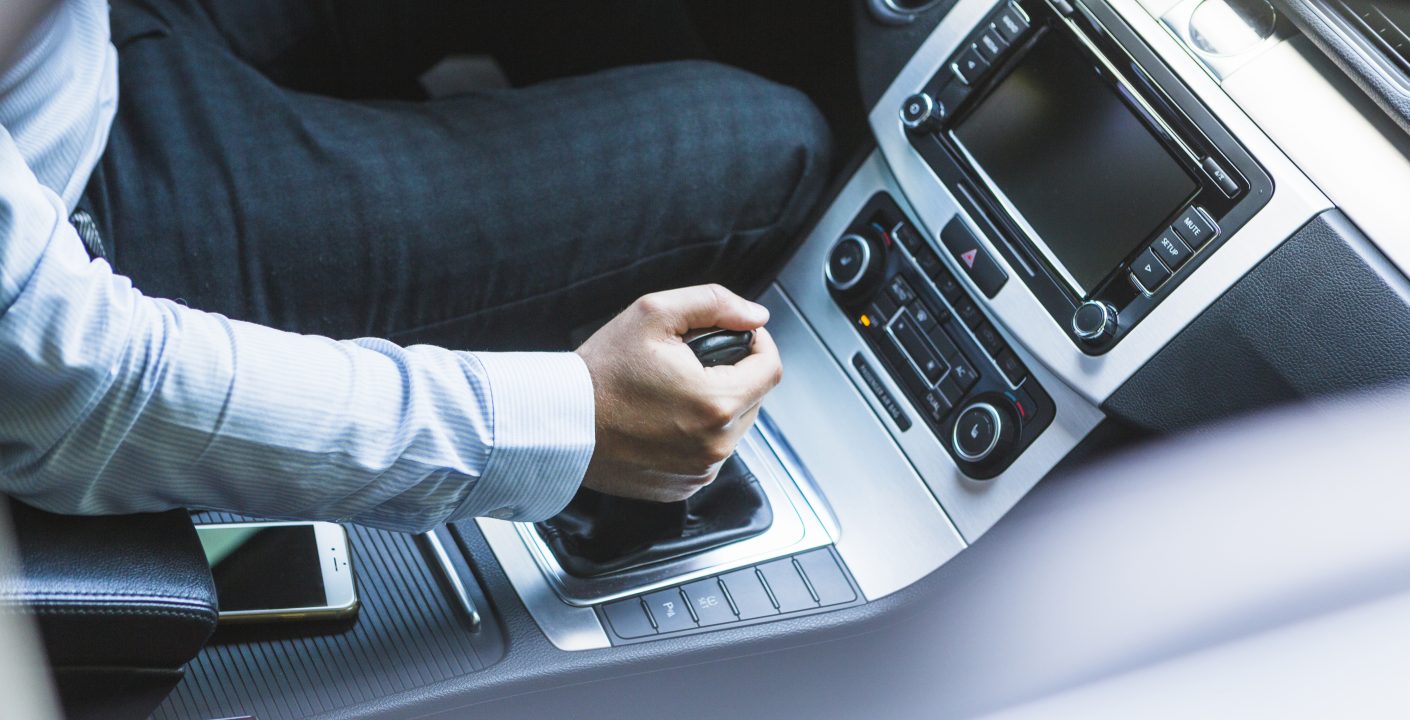Slipping gears is a common problem many drivers face, and it can affect both manual and automatic transmissions. When gears slip, it means the transmission is not staying in the selected gear, which can lead to loss of power, poor acceleration, and potentially dangerous driving conditions. In this blog post, we’ll explore what causes gear slipping, the signs to watch for, and how to fix the problem.
What Does “Slipping Gears” Mean?
When your transmission slips, the car may seem like it’s not responding properly when you accelerate. In manual transmissions, slipping can occur if the gear you’re in suddenly pops out and returns to neutral. In automatics, it can feel as though the car is revving without actually moving as it should.
Common Causes of Gear Slipping
Several factors can lead to slipping gears, ranging from mechanical wear to low transmission fluid. Below are some of the most common causes:
- Worn Clutch (Manual Transmission): In manual transmissions, a worn-out clutch is one of the primary causes of gear slipping. Over time, the clutch disc wears down and can no longer engage the gears properly.
- Low or Dirty Transmission Fluid: Transmission fluid plays a vital role in lubricating and cooling the transmission system. If the fluid is low or contaminated, it may not provide adequate hydraulic pressure, causing gears to slip.
- Worn Transmission Bands (Automatic Transmission): In an automatic transmission, bands are used to link gears together. If these bands wear out, the transmission may not be able to hold the gears properly, leading to slippage.
- Faulty Gear Linkage: Gear linkage problems can prevent the gears from engaging properly. This is common in both manual and automatic transmissions, where the linkages have become worn or misaligned.
- Damaged Torque Converter (Automatic Transmission): The torque converter transfers power from the engine to the transmission. If it’s damaged, you may experience slipping, as the transmission won’t receive the proper power it needs to shift gears smoothly.
- Worn or Damaged Transmission Gears: Over time, gears can wear out due to extensive use, especially if maintenance has been neglected. Damaged or worn gears can’t engage correctly, leading to slippage.
- Faulty Sensors or Computer (Automatic Transmission): Modern automatic transmissions are controlled by a computer system. If there’s a fault in the sensors or the control module, the transmission may fail to shift correctly, causing slipping.
Signs of Gear Slipping
Recognizing the signs of slipping gears early can help prevent further damage to your transmission. Some common symptoms include:
- High Engine Revs Without Acceleration: If your engine revs higher than usual, but the car doesn’t accelerate as expected, this could indicate slipping gears.
- Sudden Gear Changes: In an automatic vehicle, you might notice your car shifts gears unexpectedly, often slipping from one gear to another without you touching the gear lever.
- Burning Smell: A burning smell can indicate overheated transmission fluid, which is often a sign of gear slipping.
- Delayed or Hesitant Shifting: If there’s a noticeable delay when shifting gears, particularly in automatics, this may be a sign of transmission slipping.
- Unusual Noises: Grinding, clunking, or whining noises during gear changes can indicate a problem with the transmission.
How to Fix Slipping Gears
If you experience any of the signs of slipping gears, it’s essential to address the issue immediately to avoid further damage. Here’s what you can do:
- Check and Refill Transmission Fluid: Low or dirty transmission fluid is a leading cause of slipping gears. Check the fluid levels and quality, and refill or change it as needed.
- Inspect the Clutch (Manual Transmission): If you have a manual transmission, inspect the clutch. If it’s worn, you’ll need to replace it to fix the slipping issue.
- Repair or Replace Worn Transmission Bands: In automatic transmissions, worn bands may need adjustment or replacement to resolve the slippage problem.
- Address Torque Converter Issues: If the torque converter is damaged, it will need to be repaired or replaced.
- Transmission Overhaul: In severe cases, a full transmission rebuild or replacement may be necessary, especially if the gears themselves are damaged.
- Seek Professional Help: If the issue persists or you’re unsure about the problem, consult a professional mechanic to diagnose and fix the issue properly.
Preventing Gear Slipping
Regular maintenance is the key to preventing gear slipping and other transmission issues. Here are a few tips:
- Check Transmission Fluid Regularly: Ensure that your transmission fluid is at the correct level and is clean. Regular fluid changes can prolong the life of your transmission.
- Don’t Ignore Unusual Noises: If you hear grinding, clunking, or whining, have your transmission inspected before the problem worsens.
- Avoid Aggressive Driving: Sudden acceleration and harsh gear shifts can put unnecessary strain on your transmission.
- Follow the Manufacturer’s Maintenance Schedule: Stick to your vehicle’s maintenance schedule to keep your transmission and other systems in top condition.
Slipping gears can be a frustrating and potentially dangerous problem, but with prompt attention and proper maintenance, it can be resolved. Understanding the causes, recognizing the signs early, and taking action will help keep your transmission running smoothly.
Image Credit: Image by Freepik



